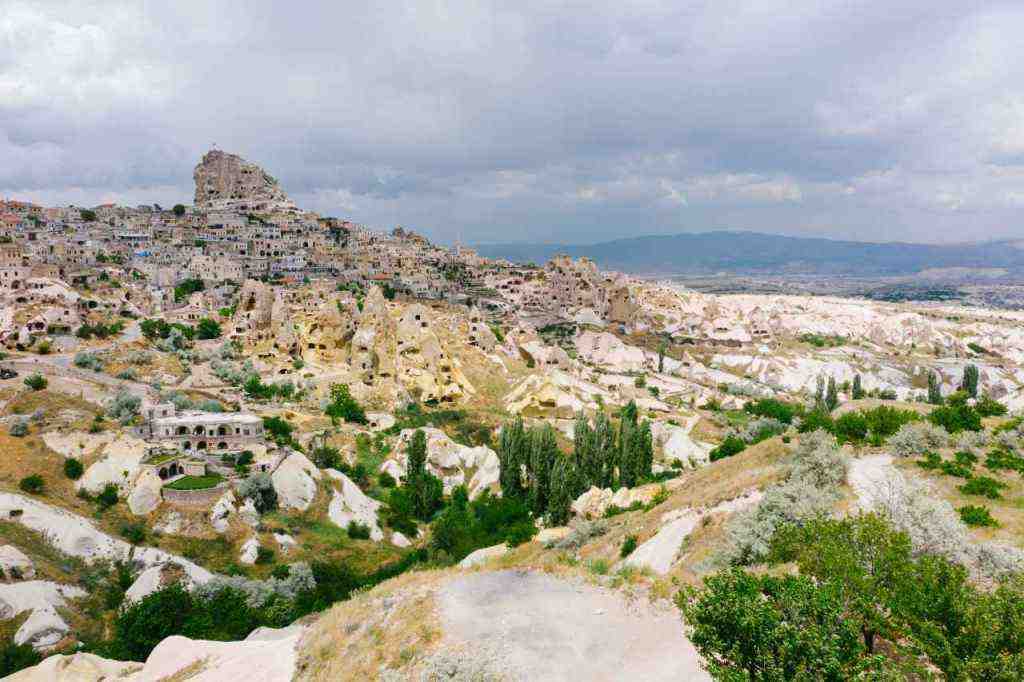The Enigma of Artificial Intelligence in Art History: Unveiling the Intersection of Computational Formalism and Artistic Analysis
In the ever-evolving landscape of the art world, the advent of artificial intelligence (AI) has ignited a whirlwind of both excitement and controversy. From AI-assisted technologies generating captivating artworks to machines aiding in the identification of disputed attributions, the influence of AI has become undeniable. Yet, the enigma of these intelligent systems persists, leaving scholars and enthusiasts alike grappling with a pivotal question: Can AI truly revolutionize the academic study of art history?
Computational Formalism and the Enigma of AI
In her meticulously researched book, “Computational Formalism: Art History and Machine Learning” (2023), Amanda Wasielewski delves into the intricate relationship between computational formalism and art history, shedding light on the complexities and challenges of utilizing AI in the analysis and interpretation of art. Wasielewski’s exploration centers around the central theme of AI’s “black box” nature – the inherent difficulty in comprehending the intricate mechanisms driving these intelligent systems. Despite this enigma, AI has rapidly become a hot topic within the art world, with technologies like Midjourney and Stable Diffusion igniting heated debates over their uncanny ability to recreate iconic artworks.
Exploring the Pros and Cons of AI in Art History
Wasielewski embarks on a comprehensive examination of the advantages and disadvantages of employing AI in the realm of art history. She meticulously analyzes recent experiments, ranging from the works of collectives like Obvious and AICAN to scientific methods for object analysis and the iconographic categorization of images. Through these case studies, Wasielewski seeks to ascertain the practical utility of AI for art historians, delving into the potential benefits and pitfalls of incorporating these technologies into the academic study of art.
Challenges in Dataset Construction and Representation
One of the primary challenges identified by Wasielewski lies in the construction of datasets used to train AI algorithms. She highlights the problematic nature of relying solely on information derived from the Western art canon, which is often subject to human-induced academic biases. Traditional art historical approaches, with their emphasis on singular attribution, often overlook the collaborative nature of artistic production, particularly in non-Western regions like Mughal ateliers. This can lead to datasets that are ill-suited for analyzing collaborative works and may perpetuate existing biases and misconceptions.
The Impact of AI on Authenticity and Style
Wasielewski also delves into the complex relationship between AI and notions of authenticity in the art market. She explores the infamous case of Leonardo da Vinci’s “Salvator Mundi” (c. 1499–1510), highlighting the difficulties in identifying forgeries using AI. The author explains that datasets trained on formal and visual characteristics of artworks may struggle to differentiate between genuine and forged pieces, as an artist’s style, methods, and materials often evolve over time.
AI’s Limitations in Interpreting and Contextualizing Art
Despite the potential benefits of AI in sorting and categorizing images, Wasielewski emphasizes its limitations in interpreting and contextualizing art. She argues that AI lacks the capacity for primary study of techniques and the ability to situate artworks within their historical and cultural contexts. Unlike human researchers, AI cannot engage in the nuanced analysis of why artworks appear the way they do, rendering it unsuitable for the humanistic pursuit of art history.
Ethical Concerns and the Future of AI in Art History
Wasielewski also addresses the pressing ethical concerns surrounding AI in the art world, including copyright infringement and the potential displacement of human labor. She acknowledges the uncertain future of AI in art history, emphasizing the need for a balanced approach that embraces the potential benefits while mitigating the risks.
Conclusion
Amanda Wasielewski’s “Computational Formalism: Art History and Machine Learning” offers a comprehensive and thought-provoking exploration of the intersection between AI and art history. While acknowledging the potential of AI in certain aspects of art analysis, Wasielewski ultimately concludes that AI is not yet equipped to replace the nuanced and humanistic approach of human researchers. She calls for a cautious and ethical approach to the integration of AI into art history, emphasizing the need to prioritize demystifying the enigmatic black boxes behind these technologies.
As the field of AI continues to evolve, it remains to be seen how these intelligent systems will shape the future of art history and the broader understanding of artistic expression. However, Wasielewski’s work serves as a timely reminder of the importance of critical engagement with AI, ensuring that its application in the realm of art remains grounded in ethical and intellectual rigor.
